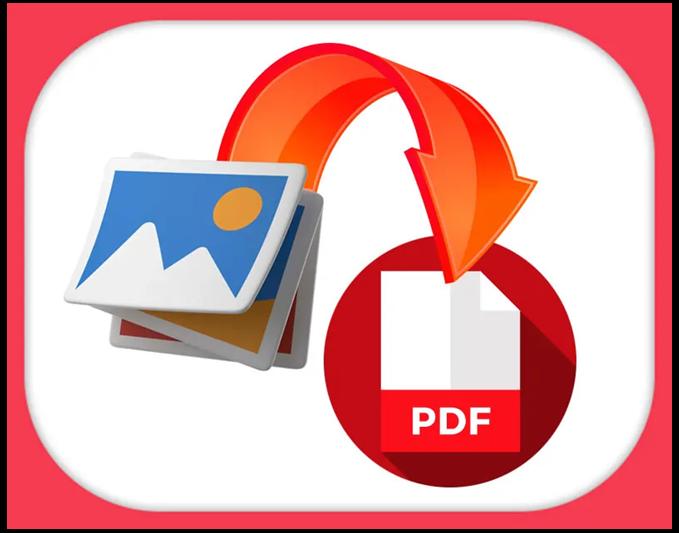Why Convert JPG to PDF? Exploring Use Cases
Why Convert JPG to PDF? Exploring Use Cases, These converter enables you to start turning your PNGs and JPGs into PDFs in minutes. Convert JPG or JPEG images to PDF files online for free. Some of the best online JPG to PDF converter.
In the digital age, the need for versatile and accessible document formats is more crucial than ever. Among the various formats, the conversion of JPG to PDF has gained widespread popularity due to its numerous advantages. In this blog post, we will delve into the compelling use cases that make converting JPG to PDF a valuable practice in various scenarios.
Convert JPG to PDF Online
Preserving Image Quality:
JPG (or JPEG) files are excellent for storing images, but they can be prone to compression and quality loss. Converting JPG to PDF allows for the preservation of image quality, ensuring that photographs, graphics, and other visual elements remain crisp and clear.
Further more!
Creating Portable Documents:
PDF, short for Portable Document Format, lives up to its name by providing a format that is easily shareable and viewable across different platforms. Converting JPG to PDF makes images more portable and universally accessible, eliminating compatibility issues.
Combining Multiple Images into One Document:
When dealing with a series of images or photos, converting them to PDF allows for consolidation. This is particularly useful for creating photo albums, presentations, or reports where a cohesive document is desired.
Text Searchability:
One of the significant advantages of PDF is its ability to be searchable. By converting JPG to PDF, you can use Optical Character Recognition (OCR) technology to make the text within images searchable, enhancing document functionality and user experience.
Enhanced Security Features:
PDFs offer robust security features, including password protection and encryption. Converting sensitive images from JPG to PDF adds an extra layer of security, ensuring that only authorized individuals can access and modify the content.
Digital Signatures:
PDFs support digital signatures, making them ideal for documents that require authentication. Converting JPG to PDF enables the integration of digital signatures, adding a layer of trust and credibility to the content.
Efficient Archiving:
For archival purposes, PDF is a preferred format. Converting JPG to PDF allows for efficient organization and archiving of image files, ensuring that they remain accessible and unaltered over time.
Professional Presentations:
When creating presentations or reports, converting images to PDF offers a more professional and polished appearance. PDFs provide a consistent layout, ensuring that your visuals are displayed as intended, regardless of the viewing device.
Reduced File Size:
While JPG files can be large, converting them to PDF often results in a more compact file size without compromising quality. This is especially beneficial for sharing images online or via email.
Print-Ready Documents:
PDFs are widely used for printing purposes. Converting JPG to PDF ensures that your images are print-ready, with consistent colours and formatting, making them suitable for various printing applications.
More also!
Conclusion:
In conclusion, the decision to convert JPG to PDF is not merely a matter of format conversion; it’s a strategic choice driven by the specific needs of different use cases. Whether you’re aiming to preserve image quality, create portable documents, enhance security, or streamline archiving, the advantages of converting JPG to PDF are diverse and impactful.
More Topics!
Why convert jpg to pdf online
Why convert jpg to pdf on windows 10
Why convert jpg to pdf i love pdf
Why convert jpg to pdf free
how to convert jpg to pdf on phone
how to convert jpg to pdf on android
image to pdf
convert image to pdf free





